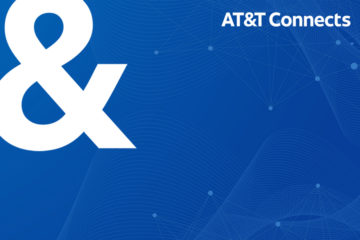There is a lot of momentum in Washington, D.C. and in state governments right now to improve the adoption of broadband by addressing the issue of affordability for low-income communities. But the challenge has also produced a lot of debate over the best way to move forward. To decide what policies will do the most good for low-income households seeking broadband connectivity, it’s important to first understand the existing marketplace.
Contrary to claims that U.S. broadband prices are too high, the data demonstrate that U.S. broadband prices are comparable with those charged abroad and by municipal networks.
More significantly, the debate about broadband pricing has largely ignored the specific low-income products that the industry has made available in the marketplace. Every major ISP offers a broadband service at a significant discount to eligible low-income buyers.
- Access from AT&T, a low-cost internet service for eligible households, currently provides internet service for $10/month for speeds up to 25 Mbps and $5/month for lower speeds. The product is eligible for support from the FCC’s Emergency Broadband Benefit program.
- Charter offers Spectrum Internet Assist, where qualified households receive 30 Mbps high-speed internet, along with Security Suite and an internet modem, for $17.99 or less per month.
- Comcast offers Internet Essentials, with a connection of 50 Mbps download/5 Mbps upload for $9.95/month.
- Cox offers Connect2Compete, with a connection of 50 Mbps for $9.95/month.
- Verizon offers a $20 price reduction with its Fios Forward program, including a plan priced at $19.99/month for 200 Mbps service.
In short, there are multiple wired broadband options available to low-income households for $20 or less, with speeds up to 200 Mbps. Given these marketplace options, there is no credible rationale for the need for price regulation to achieve the same result. What is needed instead is a revamped and revitalized Lifeline program that can support, in a sustainable manner, products similar to those already in the market today.
We also need to grapple with the fact that availability of low-cost wired products does not necessarily lead to their adoption. As we have noted in a prior blog, even when connectivity and a device are provided for free to some households, there are still various barriers to adoption. And as the Pew Research Center survey revealed last week, cost as the most important barrier to adoption is decreasing (43% to 27% from 2015 to 2021), while other reasons for not having a wired connection, such as preferring smartphones (12% to 19%), or another option for internet access (10% to 9%), are increasing or remaining steady.
As we’ve argued elsewhere, there are three legs to the digital divide stool: availability, affordability and adoption. All three must be addressed if we are going to reach the goal of ensuring all Americans are supported by broadband connectivity.





